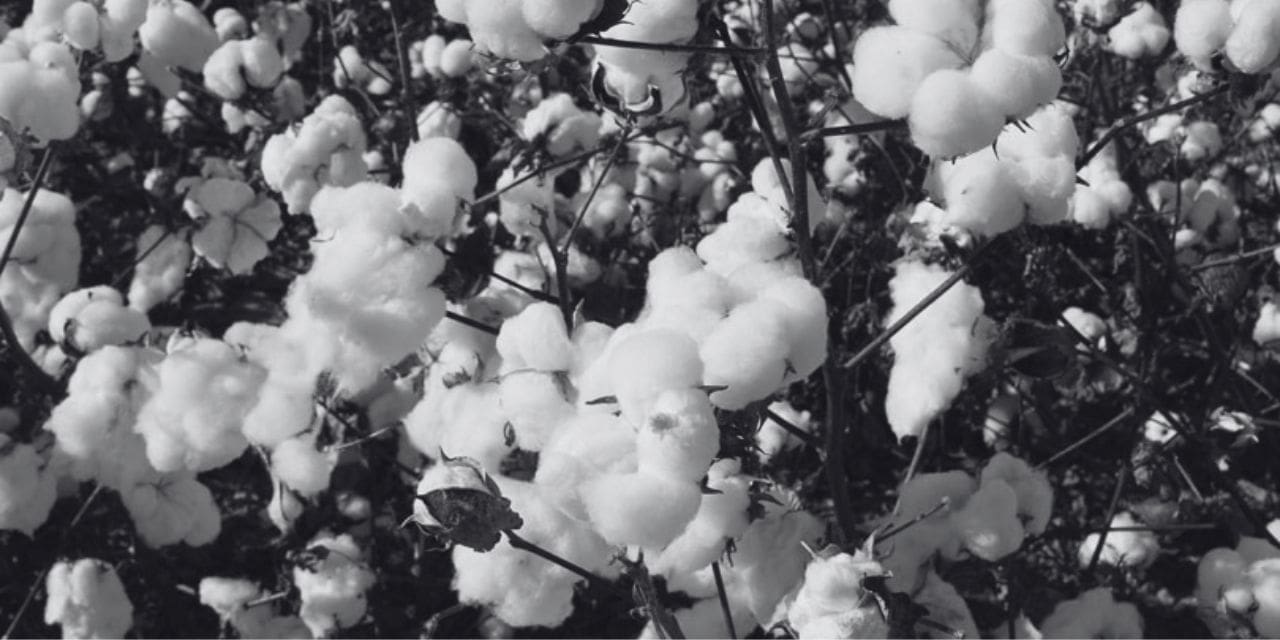Shri T Rajkumar, Chairman, Confederation of Indian Textile Industry (CITI) has appealled to the Hon’ble Prime Minister to intervene to stabilize the cotton prices, which have soared to the peak in the last 11 cotton seasons. CITI Chairman has also appealed to the Hon’ble Prime Minister for Cotton Price Stabilisation Fund Scheme comprising 5% interest subvention or loan at NABARD rate of interest, reduction in margin money from 25% to 10% and increase in the cotton working capital limit from 3 months to 9 months.
In the Representation to Hon’ble Prime Minister, CITI Chairman stated that for centuries, Indian Cotton Textile Industry has always been at the helm of affairs due to its inherent strength of availability of raw cotton in abundance at competitive prices and the presence of the entire cotton value chain. Due to this inherent strength, the Indian Textile Industry is providing employment to over 10 crores workforce ranging from the skilled workforce working in the technical textile units to illiterate women and poor farmers working in small garment factories and cotton farm fields.
Shri T Rajkumar, stated that T&C Industry has continously been facing several challenges since last ten years due to fluctuations in the raw cotton prices which accounts for 60% cost for the yarn. This makes the downstream industry, especially the spinning sector, vulnerable as it increases the cost of yarn prices and make them quite unpredictable in the highly cost-competitive international market. He further pointed out that the removal of cotton from the Essential Commodities Act has also led to the industry’s woes as it has paved the way for multinational cotton traders/ hoarders to dominate the Indian cotton economy. They procure cotton in bulk during peak-season at cheaper prices, export & create scarcity and then speculate the prices during off-season. The Cotton Corporation of India Ltd. (CCI) has also been increasing cotton prices very often and offloading bulk volume with attractive discounts which further fuel cotton prices speculation. This leads to chaos in the downstream segments which then pressurizes the Government to bring stability in the yarn prices which is not possible until and unless there is stability in the raw cotton prices.
Shri T Rajkumar stated that his appeal will help MSME spinning mills to source cotton during peak season (November to March), farmers get better prices and avoid MSP operation. This would also enable the cotton value chain to achieve 2-3% additional growth which would further bring in several thousands of crores of additional revenue when compared to around Rs.1000 crores/ year financial commitment (or extend loan at NABARD rate of interest) and also help in preventing the expenditure borne by the Government on MSP Operations, throughout the year.
Chairman, CITI further stated that New York Futures Index that used to hover around 70-80 cents per pound is now ruling around 110 cents thus creating a panic situation and uncertainties. He added that Indian cotton price, though currently attractive due to comfortable closing stock position, has also increased from Rs.41,900/- per candy during December 2020 to Rs.62,400/- per candy during the last week of October 2021 (Sankar-6 variety).
Shri Rajkumar cautioned that this year export of cotton may cross 100 lakh bales due to US sanction on Xinjiang Chinese cotton which accounts for 10% of the world cotton production. He further said the cotton season 2021-22 started with an opening stock of over 100 lakh bales and the estimated production of cotton is about 355 lakh bales. There will be a consumption of about 330 lakh bales and the textile industry may import about 10 lakh bales, leaving about 135 lakh bales for export and carry-over stock. This will result into not only having a shortage of cotton in the international market but also abnormal speculation in the cotton prices.
CITI, Chairman stated that the levy of 10% import duty on cotton is only helping multinational traders not the cotton farmers, as the textile industry imports only 2-3% of ELS Cotton, Organic Cotton, Sustainable Cotton, etc., to meet the requirements of nominated businesses of global brands. He stated that the domestic ELS Cotton though, inferior in quality viz., DCH 32, its price has increased from Rs.57,500/- per candy from December 2020 to around Rs.1.16 lakhs in the last week of October 2021. He also stated that the textile industry has been cautioning the Government that the cotton textile value chain especially the garments and made-up exports would be severly affected in the absence of a level playing field that has become a reality now.
Shri Rajkumar observed that the analysis of the last ten years’ cotton price data shows that the cotton value chain consumes around 1/3rd of the cotton while 2/3rd of the cotton is procured by multinational traders and CCI and the cotton prices also remain subdued during November to March making Indian cotton farmers to suffer due to market dynamics.
Shri Rajkumar stated that though CCI has been offloading bulk volume to the trade, some price stability was observed due to Government intervention to adopt industry-friendly trading policies which has helped the MSME textile units. He further observed as the cotton prices are ruling very high, CCI will not be in a position to procure any cotton under MSP during the current season. This will lead the textile industry head towards a severe raw material crisis in the cotton value chain as the multinational traders are likely to procure bulk volume of cotton during the season.
Shri Rajkumar stated that he has made an earnest appeal to the Hon’ble Prime Minister to look into the matter on an urgent basis and workout an industry-friendly Cotton Procurement and Trading Scheme for CCI by providing Government fund to procure 10-15% of the cotton which arrives in the market during the season and create a strategic stock for the price stability, sell cotton only to actual users in a staggered manner till the end of the season and maintain some buffer stock for the next season.

